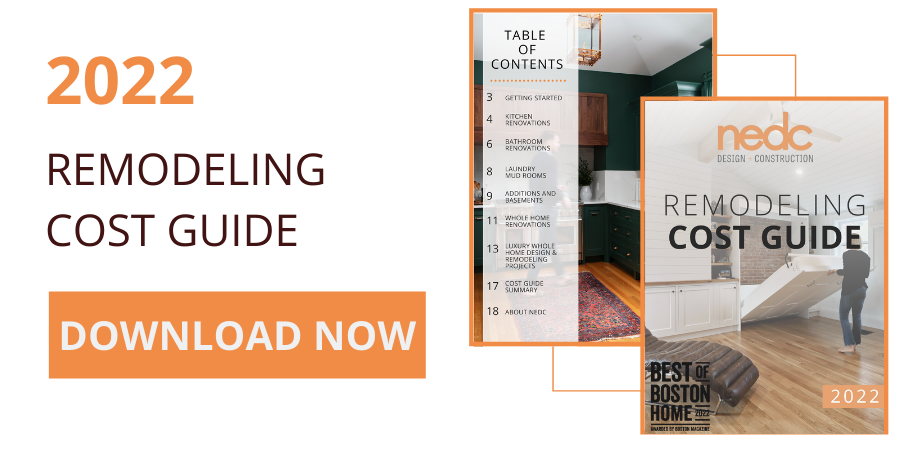How to Trend-Proof Your Boston Home Renovation Design
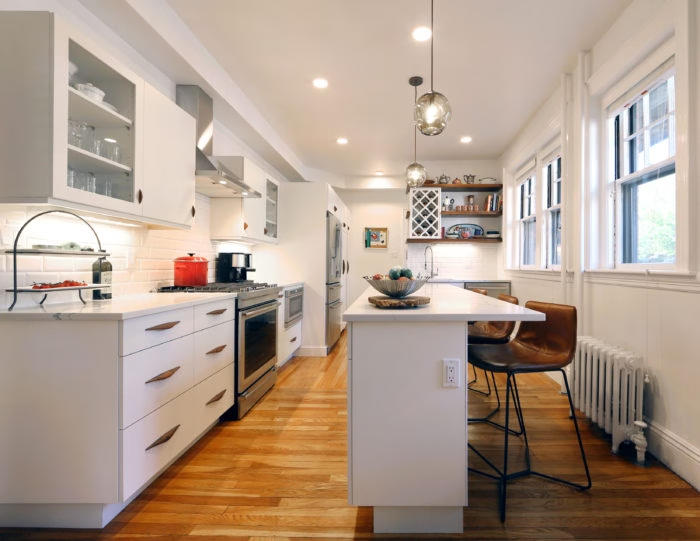
Like fashion, home trends
are always coming and going, occasionally reviving after a few decades or else fading out entirely. Some trends, like open floor plans, have proven themselves to be valuable investments, while others, like open space between the ceiling and upper kitchen cabinets, can quickly make your home look dated once the particular architectural craze has passed.
As a homeowner, it can be difficult to predict which current trends will last and which will fade. We’ve put together four basic principles to help you decide which trends will stand the test of time and how to begin incorporating new ideas into your home.
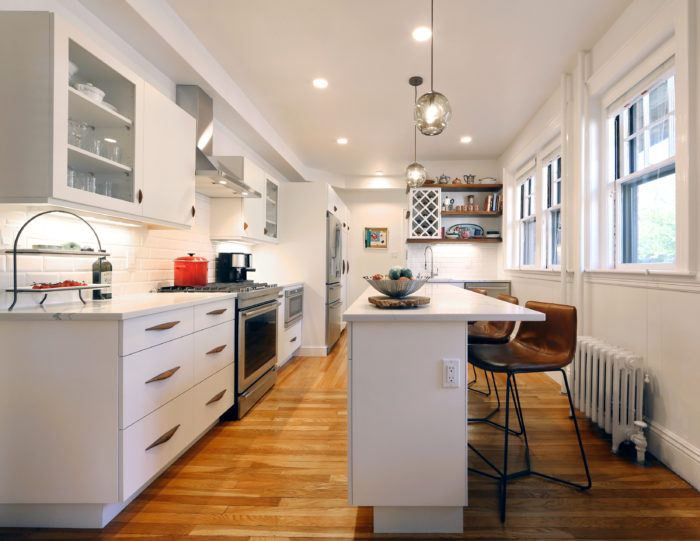
1. Choose Your Trends Carefully
When you begin your home remodel, it’s helpful to consider that you are entering a conversation that is already in progress. You are entering an existing conversation in that you are inheriting someone else’s ideas and style when you step into your home (unless you are building a new construction home). Additionally, you are entering an ongoing conversation in that home trends have already gone through multiple iterations over the centuries.
These are helpful principles to consider because they give you a defined starting point. In other words, not only will you be able to assess which trends may pair well with your existing space, but you will also be able to reflect on home design trends over time to see which styles recur.
As a general rule of thumb, it’s wise to select those styles that are always reemerging. Examples of these include mid-century modern, arts and crafts, and Victorian styles.
These tend to remain attractive over time because they include timeless elements like simplicity, functionality, attention to detail, and intriguing asymmetry that still achieves balance.
If you’ve evaluating whether or not to include a particular trend, assess it against the historical conversation around home design and see whether it fits into a style that continuously reemerges. If you can trace its presence over time, chances are that it’s a safer trend to incorporate, provided it fits within the context of your particular home. If you don’t see evidence of the home design trend making an appearance in various times and places, you should evaluate it more critically before incorporating it.
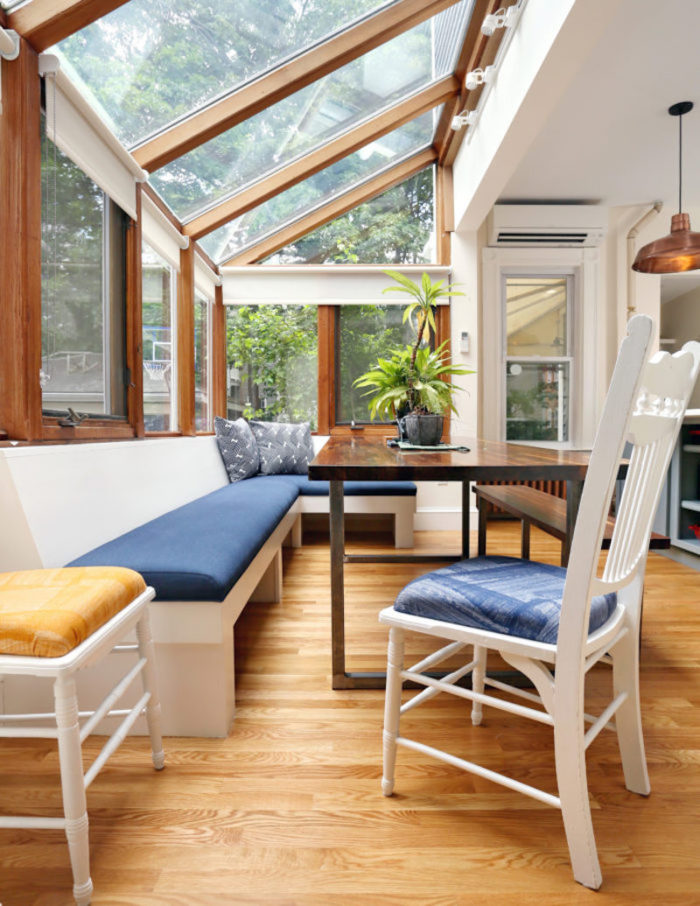
2. Timeless Style
So which trends are timeless? In our almost twenty years of studying design broadly and remodeling homes in the Boston area in particular, there are a few styles we’ve seen recurring in different times, places, and contexts. One of these is high ceilings. High ceilings give every home a touch of elegance and grandeur, and they allow rooms to feel open and breathable.
Another timeless trend that goes hand in hand with high ceilings is ample natural light. Not only do humans crave the healing touch of sunlight and connection to the natural rhythms of the world, but natural light also visually maximizes the square footage of your home, making it feel larger and airier.
This same design principle gives most homeowners a preference for lighter neutral colors. Creams, light grays, and warm whites are all tones borrowed from nature that can make spaces feel larger and more restful.
Cozy sitting areas are another timeless trend worth mentioning. Humans thrive in a community. Because of this, our homes feel more natural and welcoming when they include gathering spaces, whether that be a formally designated living room or sitting room or else informal design elements like bar stools at the kitchen counter that encourage fellowship. Be aware that there are many other timeless trends worth observing, but these four rise to the top of the list.
3. Start Small
If you find yourself wanting to try a design trend that’s new and funky and doesn’t fit into the guidelines presented above, that’s ok – creativity is part and parcel of successful design trends over time. The best way to incorporate a totally new trend is to start small. Begin by buying new decor that fits the trend you’re going for. You may also want to paint your walls to achieve a certain color palette. These are both great ways to try out a new style without investing in more costly and permanent architectural changes.
Then, if you still love the trend after living with your new decor and wall colors for a time, you can proceed to incorporate the trend into a larger home renovation. When you do this, it’s again important to start small. That is, if you love shiplap, don’t cover every wall with it. Start with shiplap on one wall in one room. If you like it and feel you could add more, you can always do so. Again, start small.
4. Have a Sounding Board
Ultimately, you will know better than anyone what you want to do with your own home. But even so, it’s always smart to have a sounding board for your ideas so that you don’t make large-scale changes you end up regretting. One easy way to make sure you’re not in an echo chamber when it comes to trends is to partner with a design-build firm for your home remodel. Because design-build firms are professional architects as well as builders, they will be able to provide stylistic feedback on your design choices as well as high-quality structural work when implementing them.
A Note on Invisible Trends
Most of our principles today have focused on large-scale and highly visible trends. Keep in mind that there are also currently multiple “invisible” trends that you can incorporate into your home, such as new technology for waterproof siding, energy-conserving features like LED lighting, and smart home elements like energy-efficient thermostats. These trends are, of course, visually safer to incorporate into your home design.
For all other trends, though, as yourself these four questions: How does it fit into the historical conversation of architecture? Has it stood the test of time? How can I start small? What do trusted advisers think of my idea? Asking yourself these questions before incorporating a hot new design trend will help you ensure you’re investing in the long-term success of your home.
